(This article was originally published with Benzinga.)
Mexico’s government has published regulation guidelines for the legal production, research and use of medical cannabis.
The document, signed by President Andrés Manuel López Obrador, deals with the control, promotion and law enforcement of cannabis as a raw product and its pharmacological derivatives.
Part of a Broader Reform
The Jan 12 publication comes over three years after the country’s legislative branch gave the order to develop a regulation around legal uses of the plant.
Mexico is currently undergoing a larger process of legalization, marked by the Senate's voting to approve recreational use last November. The adult-use bill was sent back to the lower chamber and is expected to be voted upon in February.
President López Obrador pronounced himself open to the adult-use initiative, advocating for responsible use and freedom of choice.
Legal cannabis in Mexico would turn the country into the world’s largest legal market, and a number of U.S. and Canadian companies have already set their eyes south of the border, including Aurora and Khiron Life Sciences.
A Landmark Measure
The publication officially established a legal framework for the cultivation of cannabis in Mexican soil. It also sets up the need to establish an infrastructure for quality control, testing and distribution.
The Federal Commission for the Protection Against Sanitary Risks and the Health Ministry will be in charge of implementing the regulations.
Are you still missing out on The Bluntness newsletter? Sign Up today to stay in the loop.


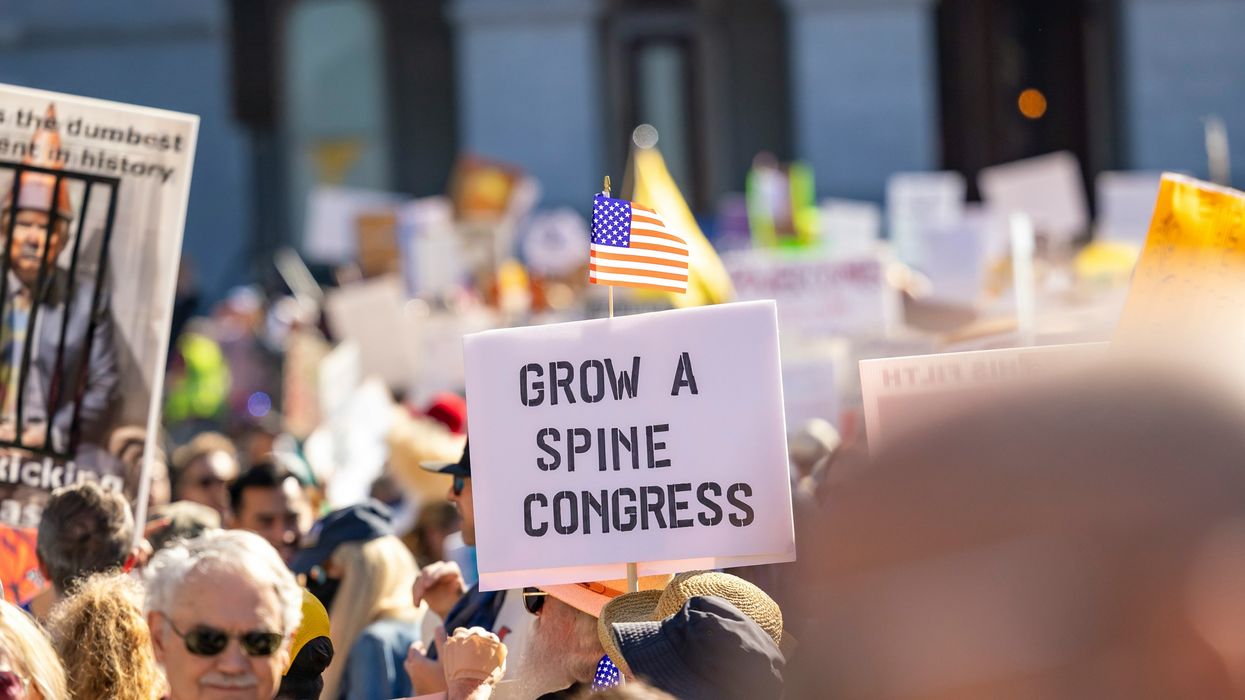

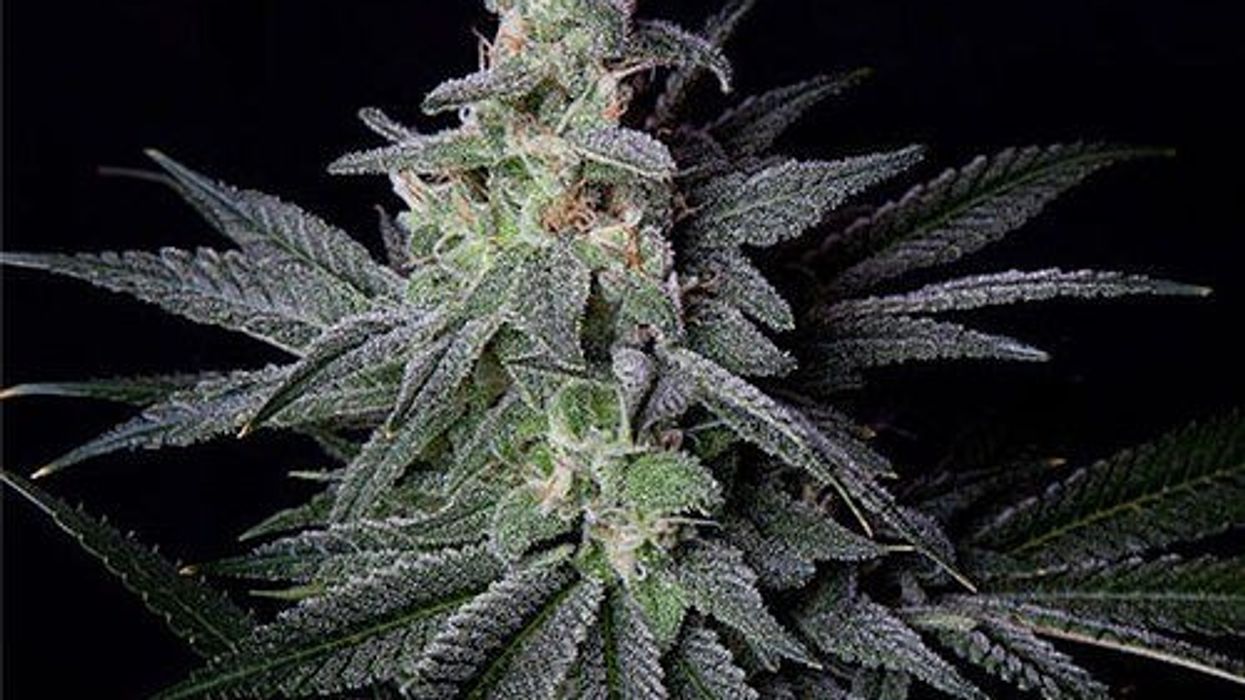
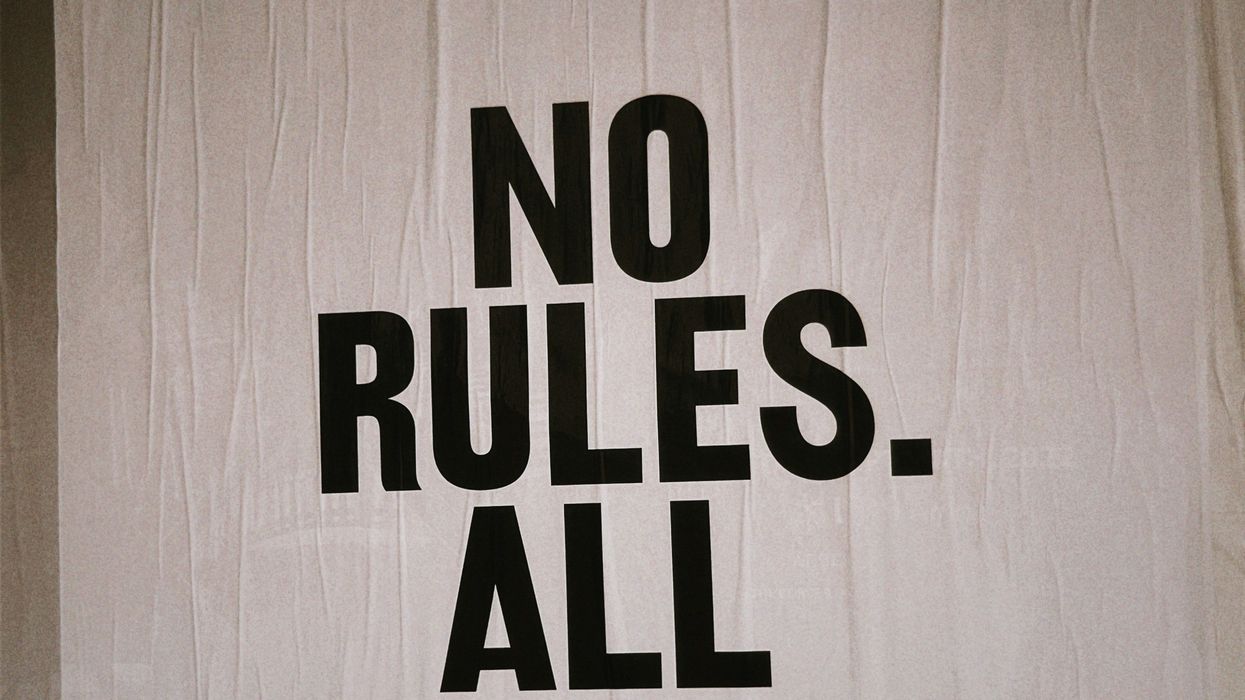


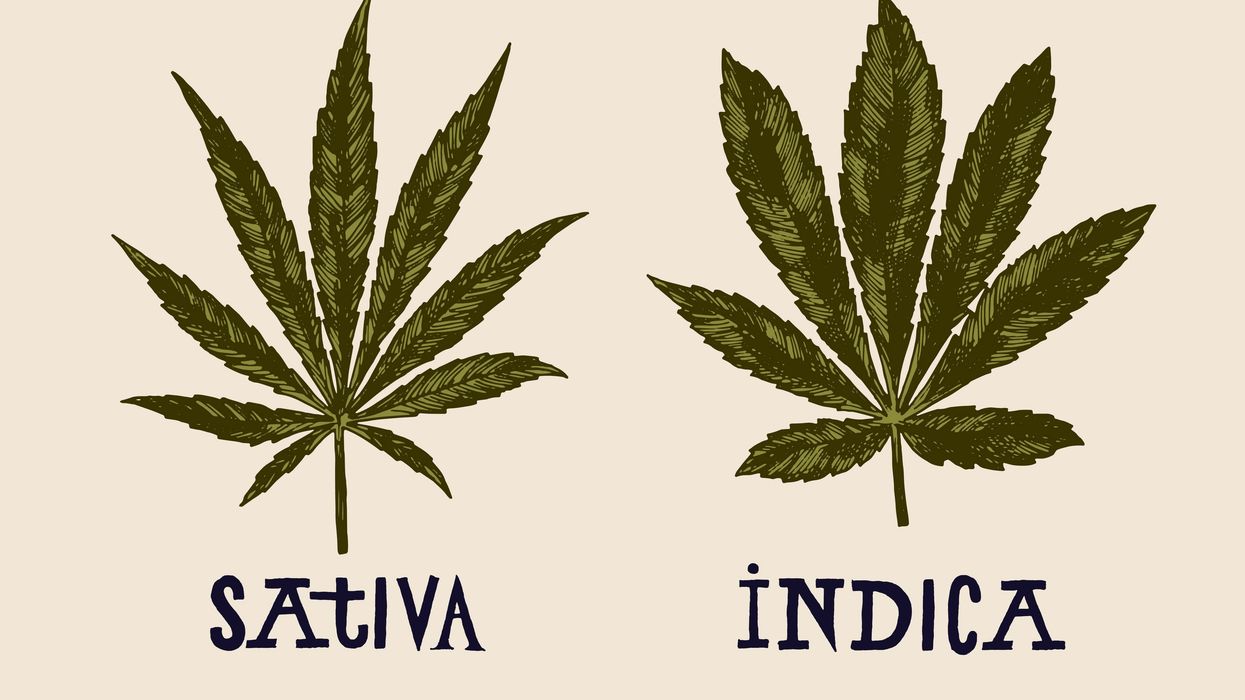
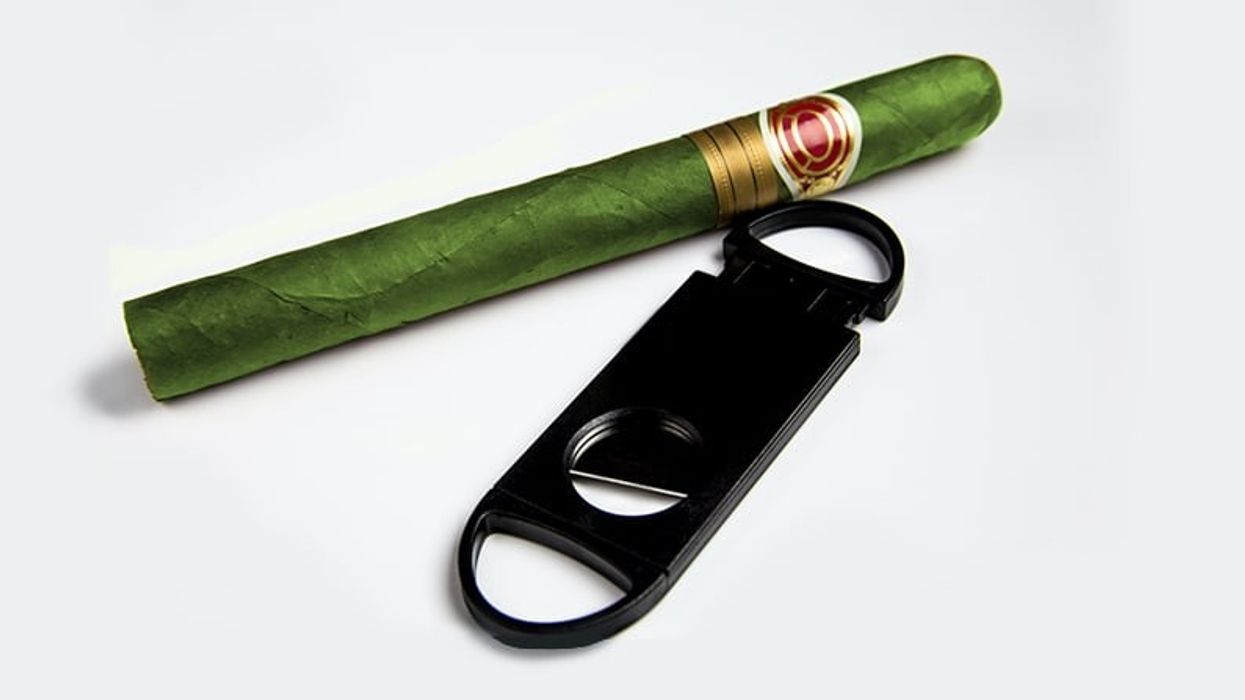
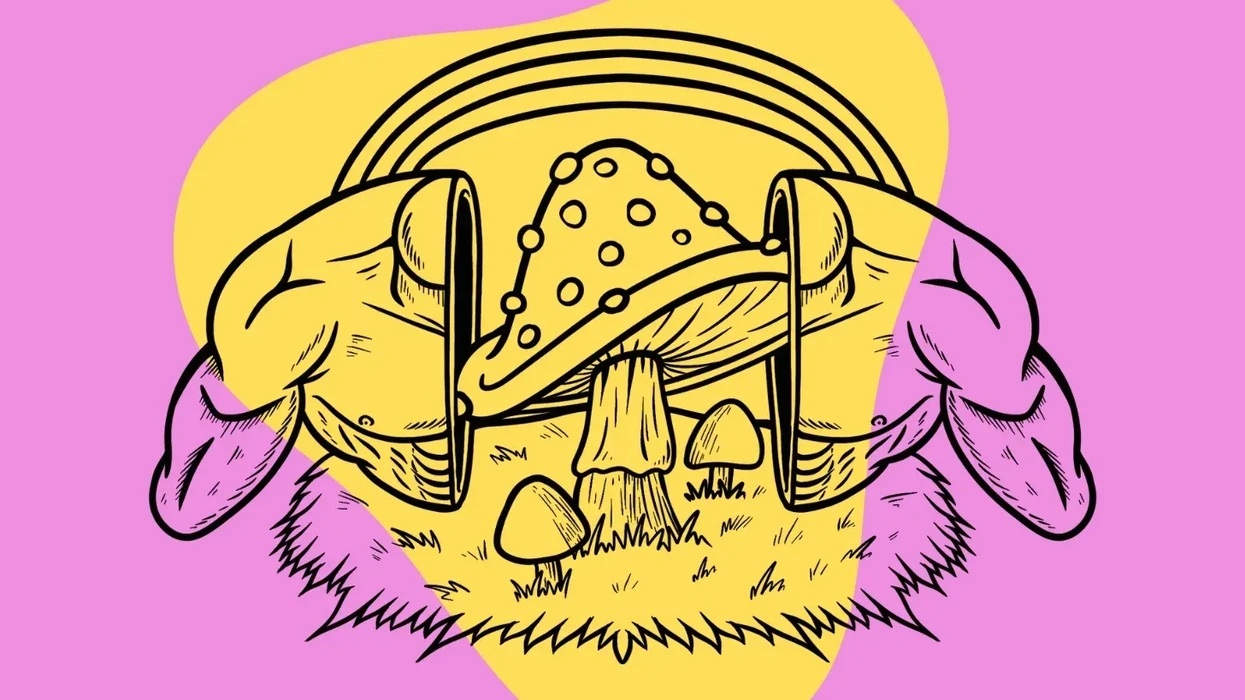




 Cannabis and Aging: A Groundbreaking Study Challenges Long-Held Beliefs
Photo by
Cannabis and Aging: A Groundbreaking Study Challenges Long-Held Beliefs
Photo by  Cannabis and Aging: A Groundbreaking Study Challenges Long-Held Beliefs
Photo by
Cannabis and Aging: A Groundbreaking Study Challenges Long-Held Beliefs
Photo by 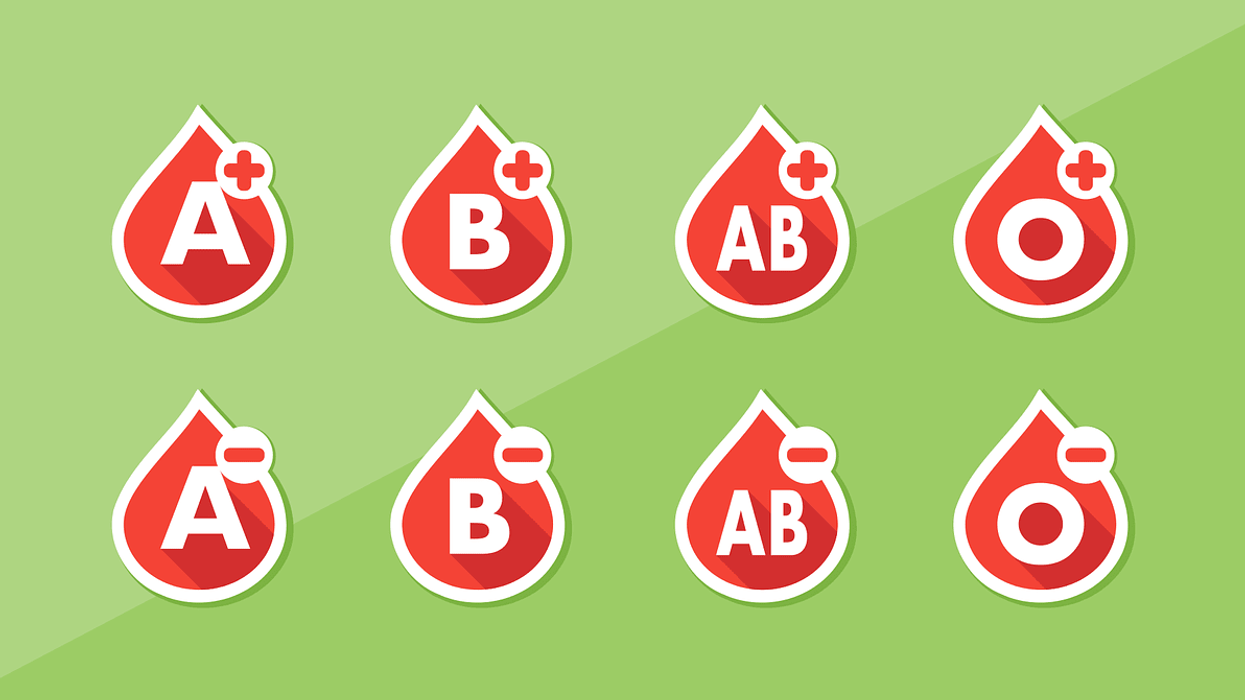
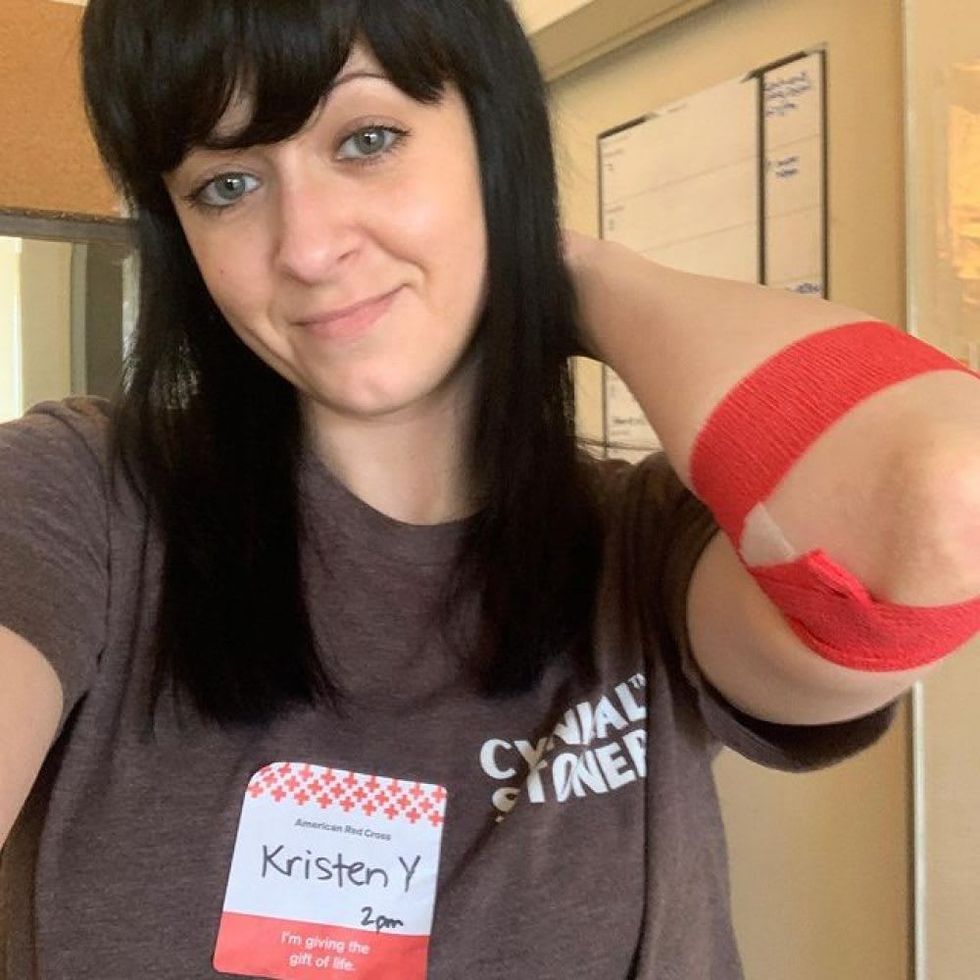 Kristen Yoder is the driving force behind Bud for Blood.
Kristen Yoder is the driving force behind Bud for Blood.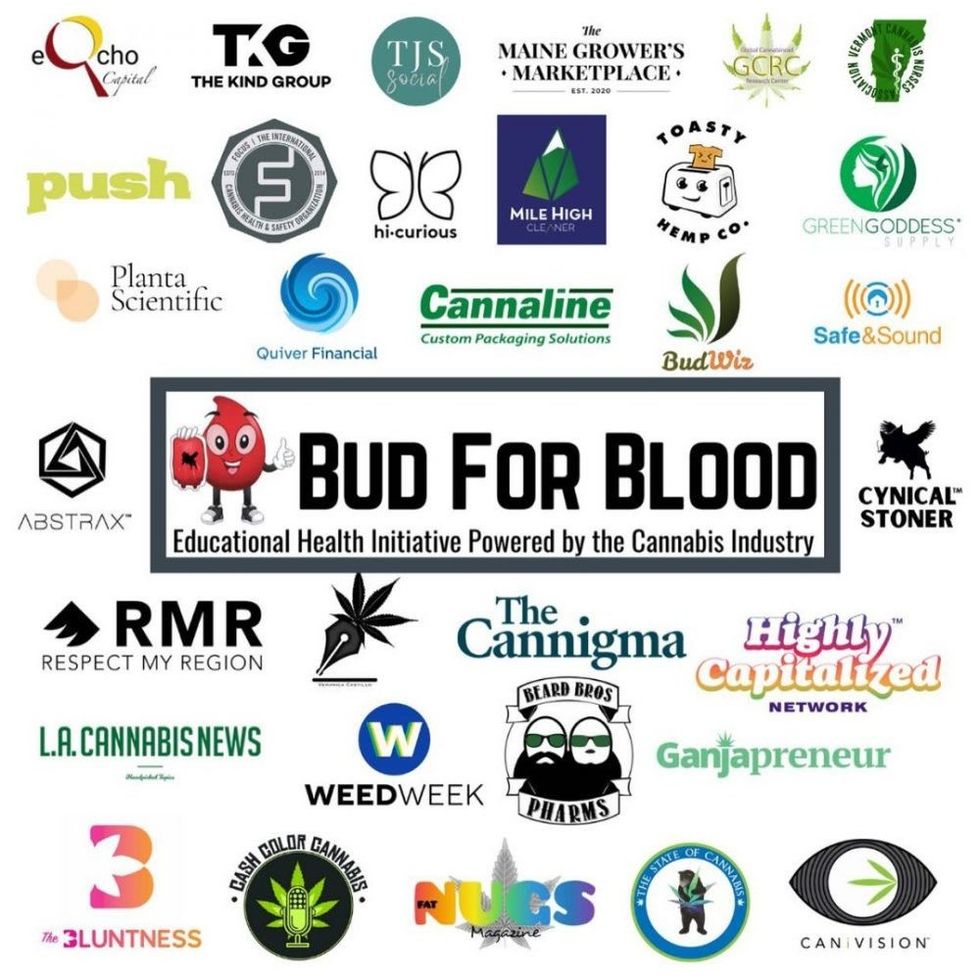 The Blood for Bud movement is for everyone.
The Blood for Bud movement is for everyone. 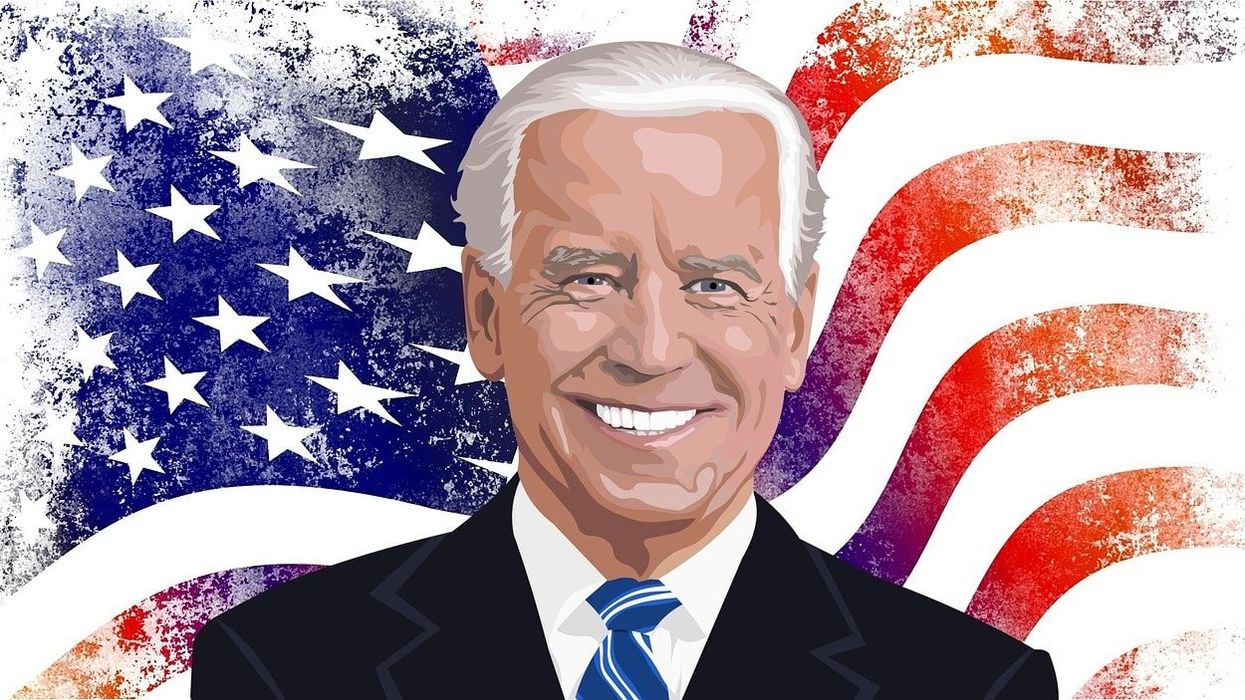
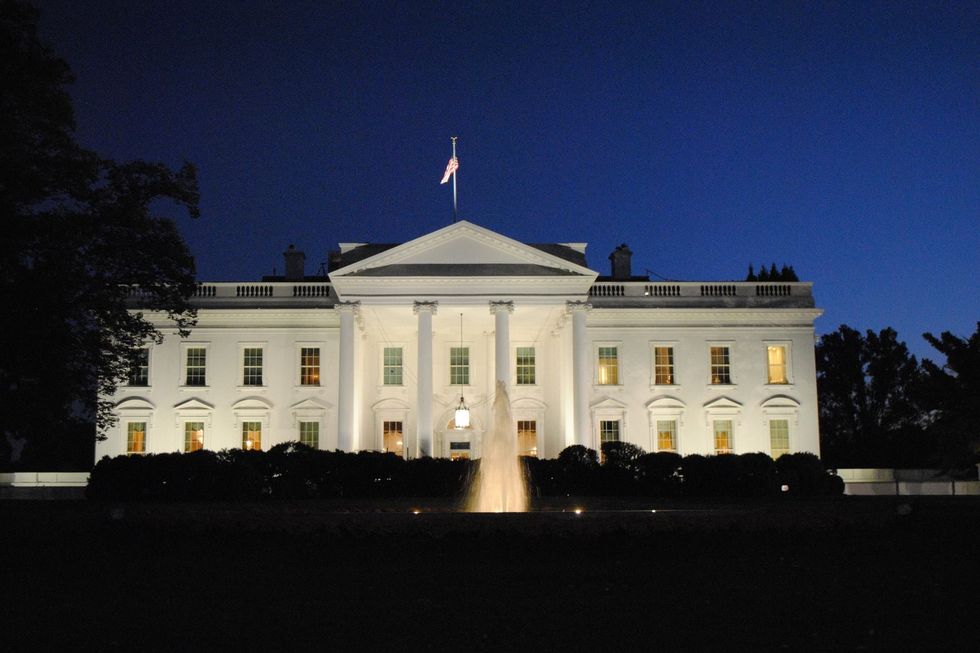 Will the Biden White House bring cannabis fear or cannabis hope in 2021 and beyond? Let's ask the staffers he fired for past cannabis use.
Will the Biden White House bring cannabis fear or cannabis hope in 2021 and beyond? Let's ask the staffers he fired for past cannabis use. During the 2020 campaign, apparently Biden was afraid a pro-cannabis stance would hurt his political chances.Photo by Gayatri Malhotra on Unsplash
During the 2020 campaign, apparently Biden was afraid a pro-cannabis stance would hurt his political chances.Photo by Gayatri Malhotra on Unsplash